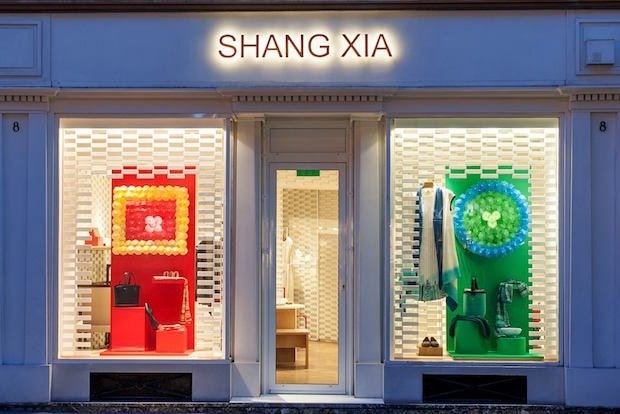
This article was published earlier in our weekly newsletter. Sign up through our “Newsletter Sign Up” box on the right.
As luxury brands roll out a host of special-edition Chinese New Year items every holiday season and foreign companies back Chinese brands like Shang Xia and Qeelin, the industry is working to find ways to resonate with Chinese culture.
While some of these efforts may come across as contrived, many are paying off with consumers, according to the results of a recent survey. Ruder Finn’s 2016 China Luxury Forecast finds that 55 percent of mainland Chinese luxury consumers say that they appreciate products with Chinese elements symbolizing good luck, while 52 percent feel the same about Chinese elements reflecting Chinese heritage. This contrasts with Hong Kong luxury consumers, as 44 percent appreciate Chinese heritage in luxury goods and only 25 percent opt for items symbolizing luck in Chinese culture.
For mainland consumers, these special Chinese items are even more important than Chinese elements in the service itself—40 percent said they appreciated “Chinese-appropriate greetings and service” at hotels and boutiques, while only 29 percent expressed preference for Chinese food served at stores and events.
When it comes to hotels alone, however, Chinese service is very important. A total of 49 percent of mainland Chinese respondents say that Chinese-speaking staff is a must-have feature when booking a hotel overseas, while 48 percent require Chinese-language menus and 43 percent expect Chinese cuisine. Chinese newspapers and Chinese decor are less important, with 23 percent and 20 percent of Chinese luxury consumers listing these as a requirement, respectively.
While adopting elements of Chinese culture is clearly a benefit for Chinese brands, it’s only a help if it’s done right and fits in with the brand’s DNA. It’s not uncommon for brands to accidentally misinterpret Chinese culture and spur a backlash on social media. Working with Chinese designers and experts can help prevent a cultural faux pas, while brands should also avoid “twisting themselves to be Chinese,” in the words of our columnist Hung Huang.